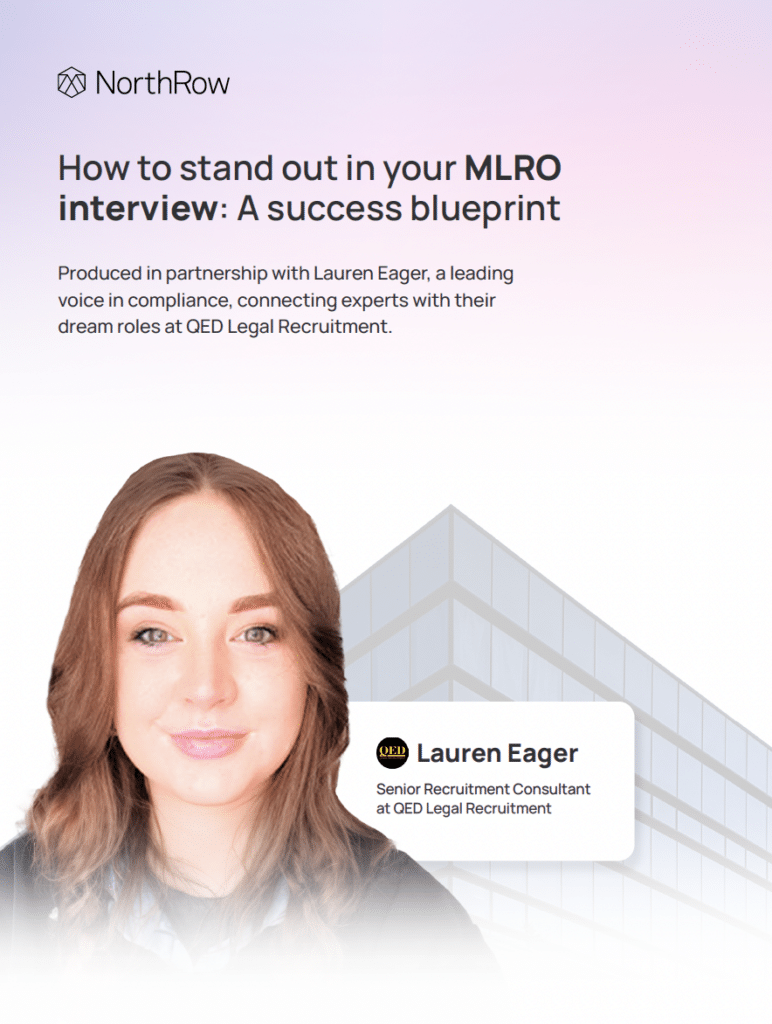Understanding who really owns a company is becoming a significant challenge for firms. With regulatory requirements on the rise and corporate structures growing more sophisticated, pinpointing the Ultimate Beneficial Owner (UBO) of a corporate client is far from simple.
To make matters worse, this complexity is often exploited by those seeking to hide their involvement in activities such as money laundering, tax evasion, and even financing terrorism.
Complex corporate structures are often used to hide UBOs involved in criminal or illicit activity, making it difficult for firms to figure out who is really in control. Whether it’s through a network of entities scattered across different countries or the use of trusts, these tactics are designed to keep true ownership well hidden. For regulated firms, this presents a significant challenge.
In this article, we explore three common ways complex corporate structures are used to obscure true ownership and offer practical tips on how firms can overcome these challenges.
1. Adding layers of complexity across multiple jurisdictions
One of the most common tactics for hiding ownership is the use of multi-layered corporate structures that span multiple jurisdictions. These setups are designed to make it almost impossible to trace who’s really in charge.
A company registered in one country may be owned by a trust in another, and that trust might be controlled by an entity in a third jurisdiction. Each additional layer makes tracing the ownership more difficult, especially since some local laws often restrict access to ownership data.
Jurisdictions with strict privacy laws or weak corporate transparency create ideal environments for these kinds of arrangements. Because international data isn’t always easy to access or reliable, those looking to obscure their identity can create legal yet opaque structures that make it nearly impossible for compliance teams to identify the true owners.
The 7-step blueprint to UBO transparency
2. Using trusts to separate true UBOs from legal owners
Another tactic is the use of trusts and nominee arrangements, which separate the true beneficial owners from the legal owners. In this setup, a trustee or nominee holds assets on behalf of someone else, creating a layer of separation between the real owner and public scrutiny.
While trusts have legitimate uses, they can also be used to hide the identity of the actual owner. When combined with nominee directors or shareholders, this strategy becomes even more complex. The challenge for regulated firms is determining when these arrangements go beyond normal business practices. Why was the trust set up in the first place? Is the trustee changing frequently? Are there links to jurisdictions with weaker oversight? By cross-referencing public records and piecing together the puzzle, firms can get a clearer picture of the true ownership behind the entities.
3. Shell companies to add layers of corporate complexity
Shell companies can be innocent enough, but they’re one of the most effective ways to obscure ownership. These entities often exist on paper only – no staff, no offices, no real business operations. Instead, they’re used to hold assets or move funds without drawing attention. By transferring money through multiple shell companies across different jurisdictions, the financial trail becomes muddled, further obscuring the identity of the UBO.
In some cases, shell companies are used in conjunction with the other tactics we’ve covered – layered ownership and trust or nominee arrangements – to create highly opaque structures. A shell company in one jurisdiction may be owned by another shell company registered in a different country, which in turn could be controlled by a trust or nominee arrangement elsewhere. This multi-layered structure makes it difficult to trace the ownership back to the true UBO, as each layer adds a level of separation and often involves jurisdictions with weak disclosure requirements.
What can firms do to uncover true ownership?
Tracking down the UBO of a company can sometimes feel like chasing shadows. For regulated firms in the UK, this task is a legal obligation that’s also essential for protecting your business from risks tied to financial crime. But it’s not always straightforward – ownership structures can be convoluted, and those with something to hide often take advantage of this complexity.
A good starting point is tapping into trustworthy registries and databases. For UK-based companies, the Companies House registry is a key resource. However, it’s worth noting that the information it contains isn’t always verified, so it shouldn’t be relied on exclusively.
Data providers like Dun & Bradstreet, Creditsafe, and Acuris can provide enriched data and advanced filtering options to make sense of complex ownership structures. If your clients are often businesses with global connections, international registries can help. The EU’s Beneficial Ownership Registers Interconnection System (BORIS) and various offshore jurisdiction databases can add extra depth to your research.
Wherever possible, cross-reference information across multiple sources to catch discrepancies or gaps that might otherwise go unnoticed.
And yet, sometimes the information on paper may not add up. This is where taking a closer look can make all the difference. Start by reviewing the corporate structure. In many cases, you’ll find multiple layers of ownership, with one company owned by another, which is then owned by yet another.
These layers can be legitimate, but they’re also a common tactic for hiding UBOs. Take your time to follow the trail back to the individuals behind the entities. Watch for red flags like nominee directors or shareholders who don’t seem connected to the business’ operations. Nominees might act as fronts to disguise who’s really in control.
Similarly, be cautious when companies list owners based in jurisdictions known for strong corporate secrecy and privacy laws. These aren’t always problematic, but they often warrant extra scrutiny. And don’t overlook minority shareholdings. While the 25% threshold is a helpful guideline, multiple smaller stakes owned by connected parties can still signal control. Be on the lookout for any patterns that suggest coordinated influence, even if no single individual meets the ownership threshold on their own.
The complexity of ownership structures means that manual checks and research is rarely enough. Technology has become an essential part of most firms’ approach to identifying UBOs, offering speed, accuracy, and the ability to process vast amounts of information. Technology can map out corporate structures visually, helping you see the bigger picture at a glance.
Platforms like ours here at NorthRow integrate data from multiple sources, flag inconsistencies, and alert you to any risks. However, identifying a UBO isn’t where the responsibility ends. Ownership structures can change rapidly, and monitoring these shifts is essential to keeping your risk assessments up to date.
Monitoring tools can notify you of changes in shareholdings, directorships, mergers and acquisitions, and more, ensuring you stay informed about who is in control. This continuous oversight helps firms respond proactively to risks and maintain compliance.







